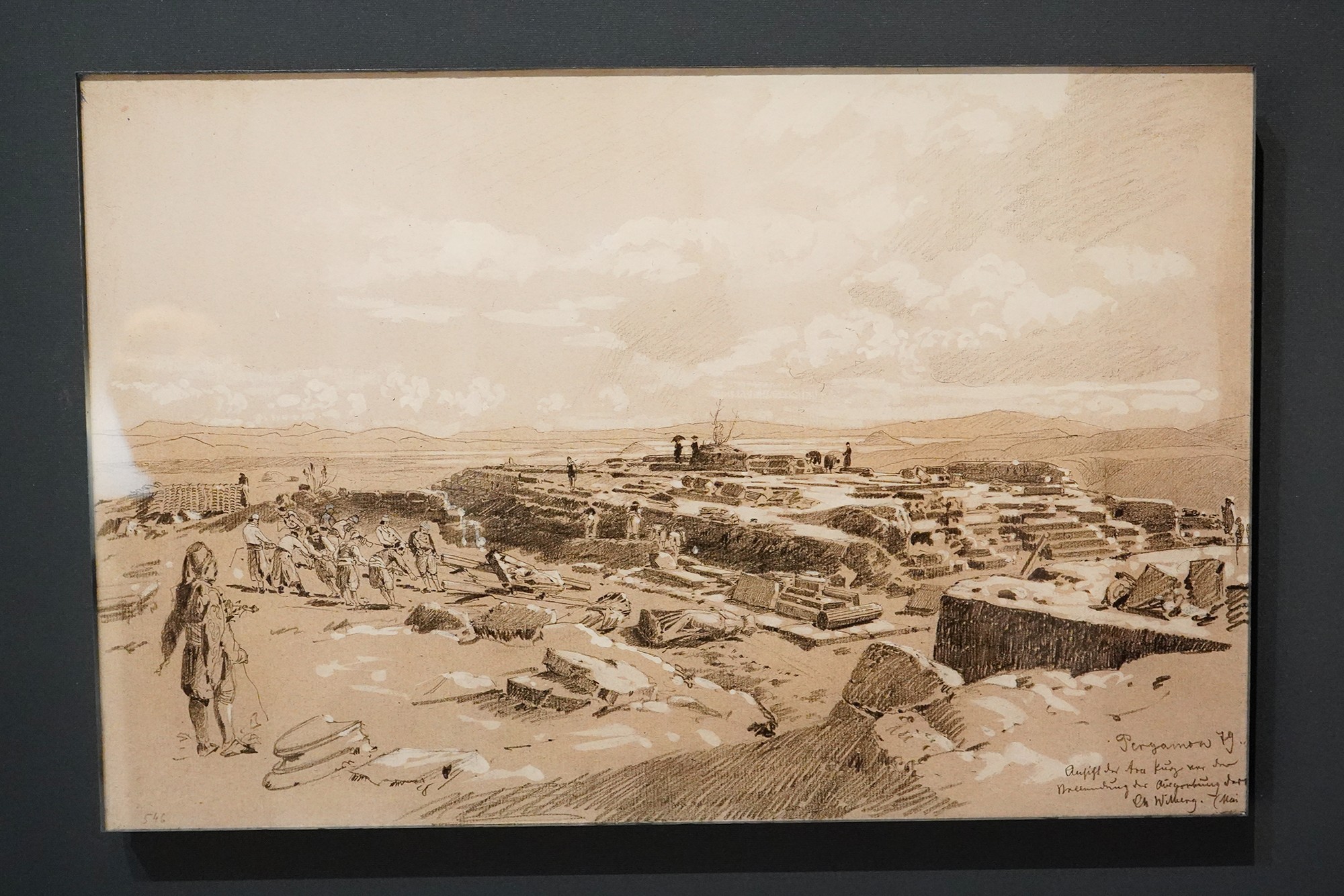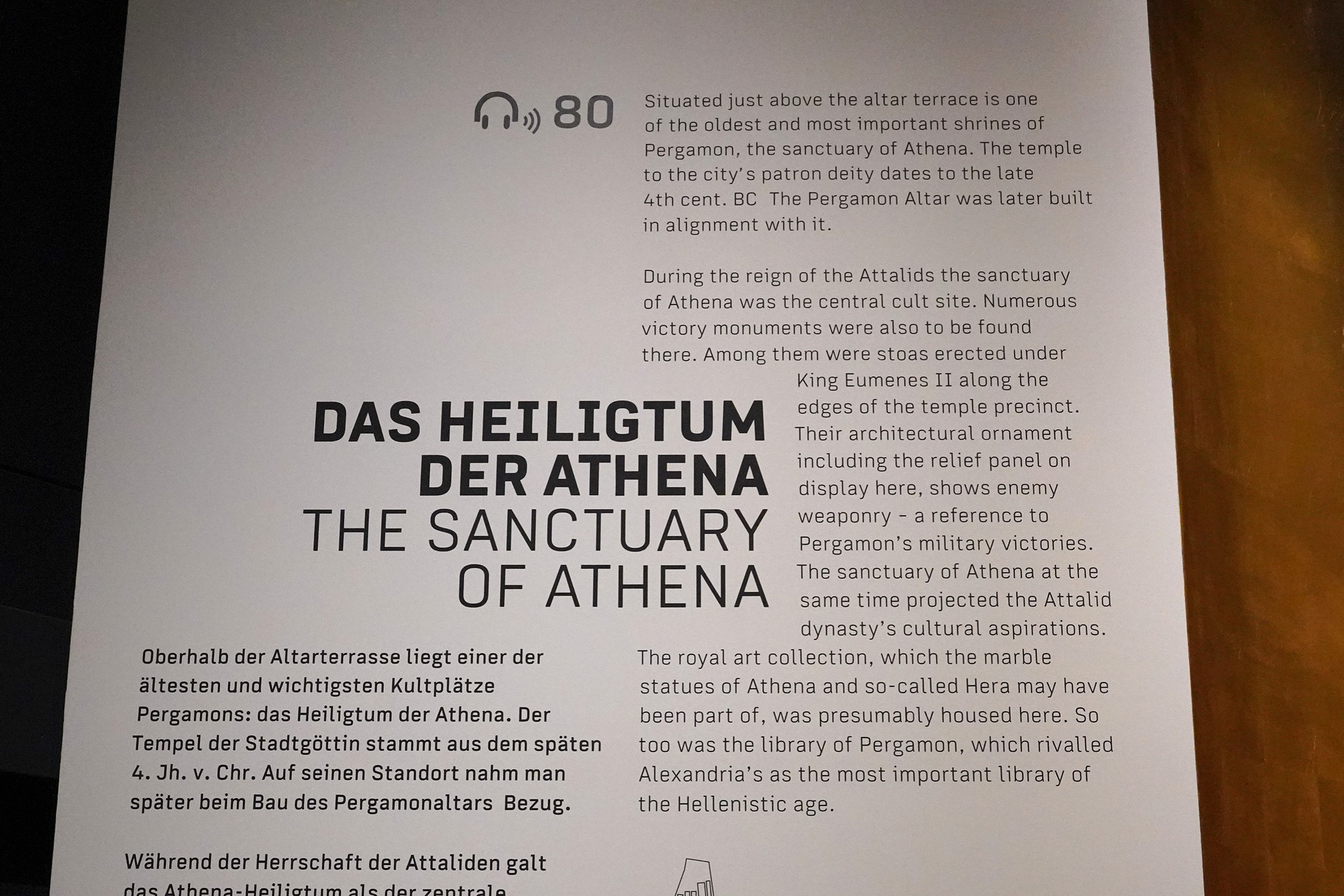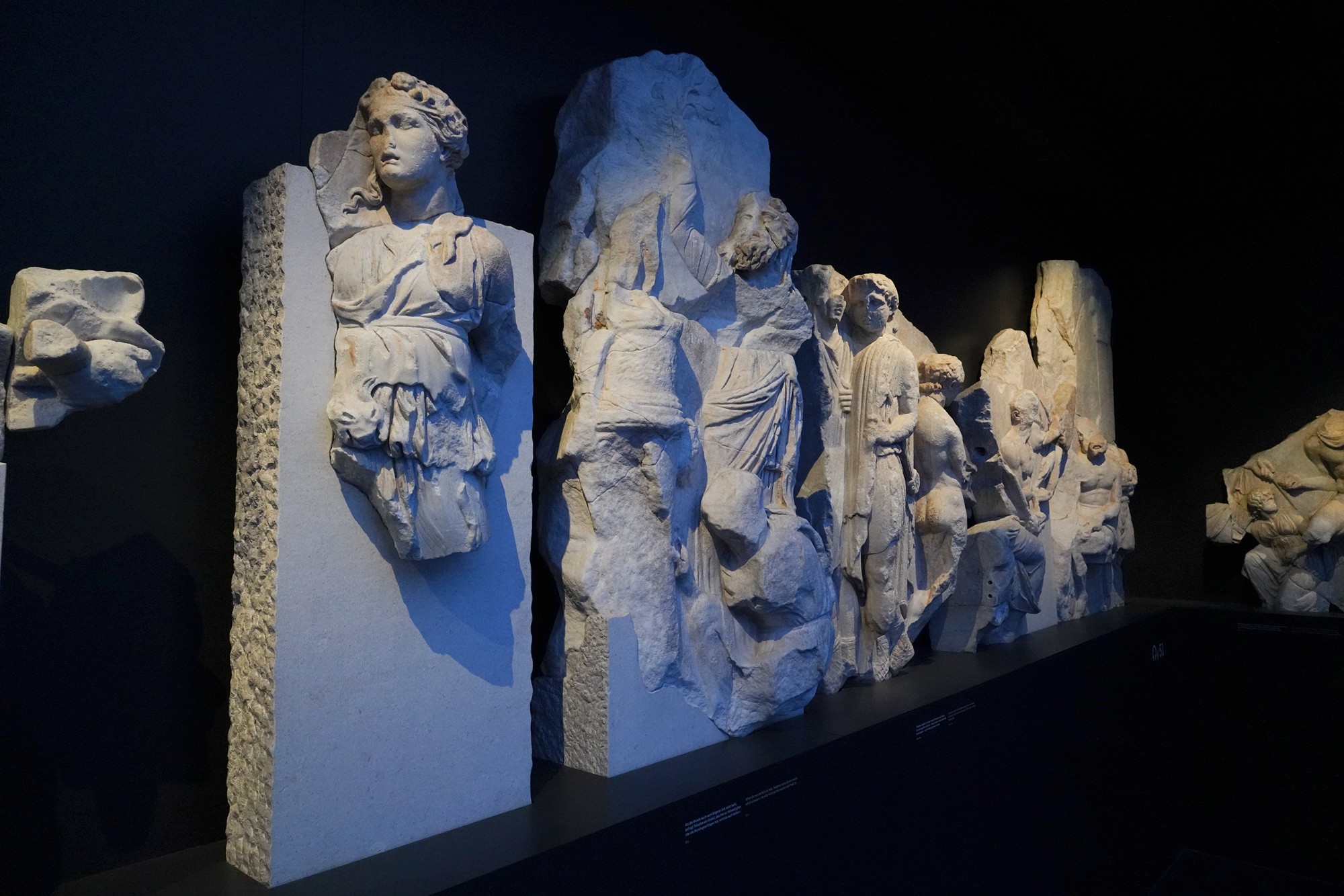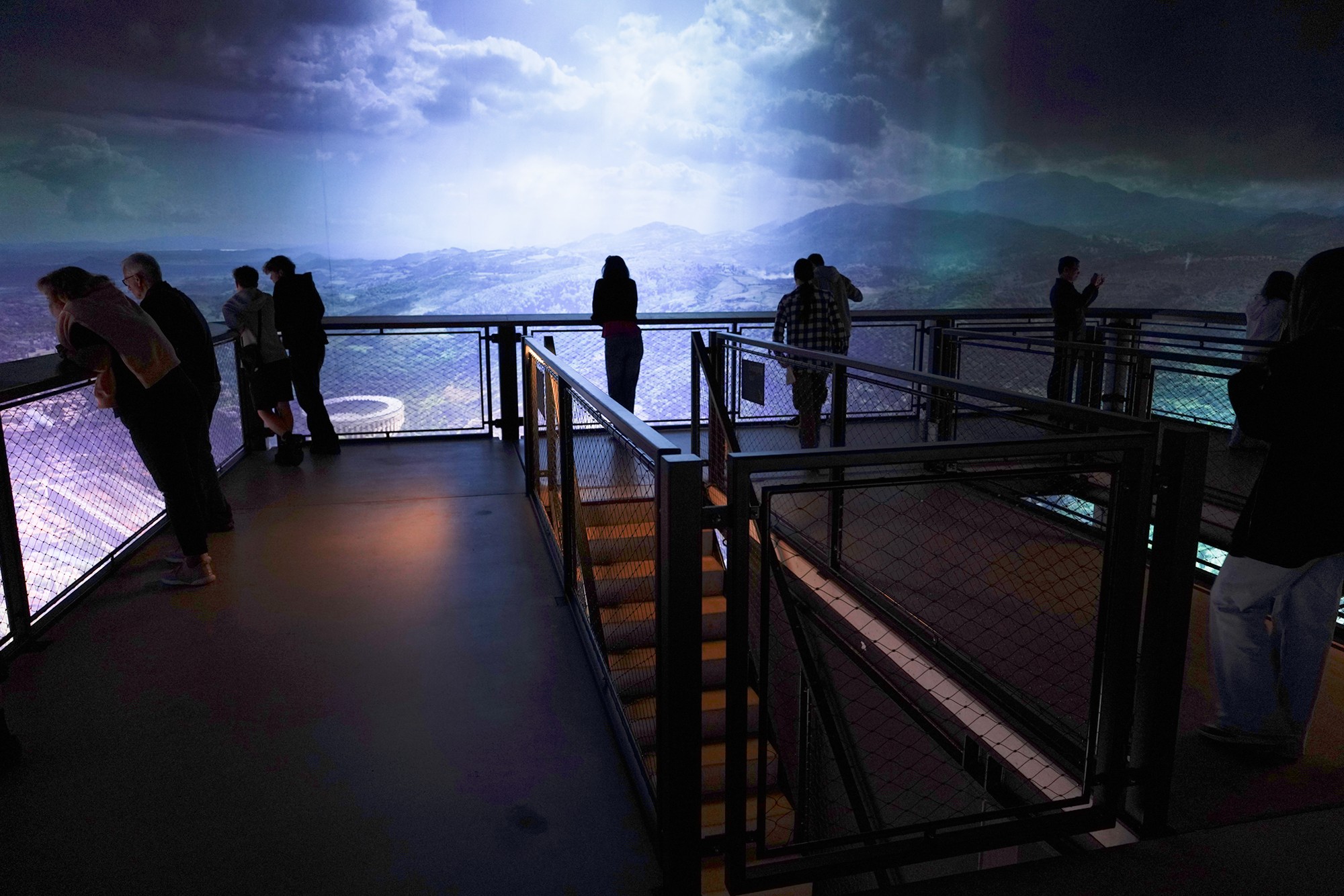Pergamon Museum, Berlin, Germany
Due to multi-year reconstruction, only a small part of the Pergamon Museum’s vast collection was opened to the public. 933
Pergamon Museum: Am Kupfergraben 2, 10117 Berlin, Germany
Date Picture Taken: June, 2024
The Pergamon Altar is a monumental ancient Greek structure originally built in the 2nd century BCE in the city of Pergamon (modern-day Bergama, Turkey). It is renowned for its grand scale and the high-relief sculptures that adorn it, depicting epic mythological battles. The altar is one of the most significant masterpieces of Hellenistic art and is currently housed in the Pergamon Museum in Berlin, Germany.

Constructed during the reign of King Eumenes II (197–159 BCE), the Pergamon Altar was dedicated to Zeus and Athena, the chief deities of the city.
It served both religious and political functions, symbolizing Pergamon’s power and cultural sophistication.

Originally situated on the acropolis of Pergamon, the altar overlooked the city and was part of a larger complex that included temples, a library, and other public buildings.







19th-Century Excavations: German engineer Carl Humann led archaeological excavations from 1878 to 1886.
Acquisition: Significant portions of the altar were transported to Germany under an agreement with the Ottoman Empire, which ruled over Turkey at the time.


Reconstruction: The fragments were reassembled in Berlin, and a museum was specifically designed to house the monumental structure.







Friezes are decorative horizontal bands or panels that are often found adorning architecture, furniture, or artworks. They typically feature a continuous sequence of designs, motifs, figures, or narratives and can be carved, painted, sculpted in relief, or otherwise embellished.
The Pergamon Altar had two friezes:
Gigantomachy Frieze: The most famous aspect, this frieze runs along the base of the altar, measuring about 113 meters in length and 2.3 meters in height. It depicts the mythological battle between the Olympian gods and the Giants.


And
Telephus Frieze: Located inside the colonnade, this frieze narrates the life of Telephus, legendary founder of Pergamon and son of Hercules.

A rendering of the Pergamon Altar. It shows the Gigantomachy Frieze under the columns.


This is how it would have been looked like in 2000 years ago.

This is how it looks in the present day

The acquisition of the altar has been subject to international discussions regarding the repatriation of cultural artifacts.

The Friezes



The 360-degree panoramic painting of the Pergamon Altar and the ancient city is in one giant room. The structure at the center is the viewing area of the painting.

The first try on taking pictures of the painting



The second try on taking pictures of the painting



The third try on taking pictures of the painting






On top of the viewing area


